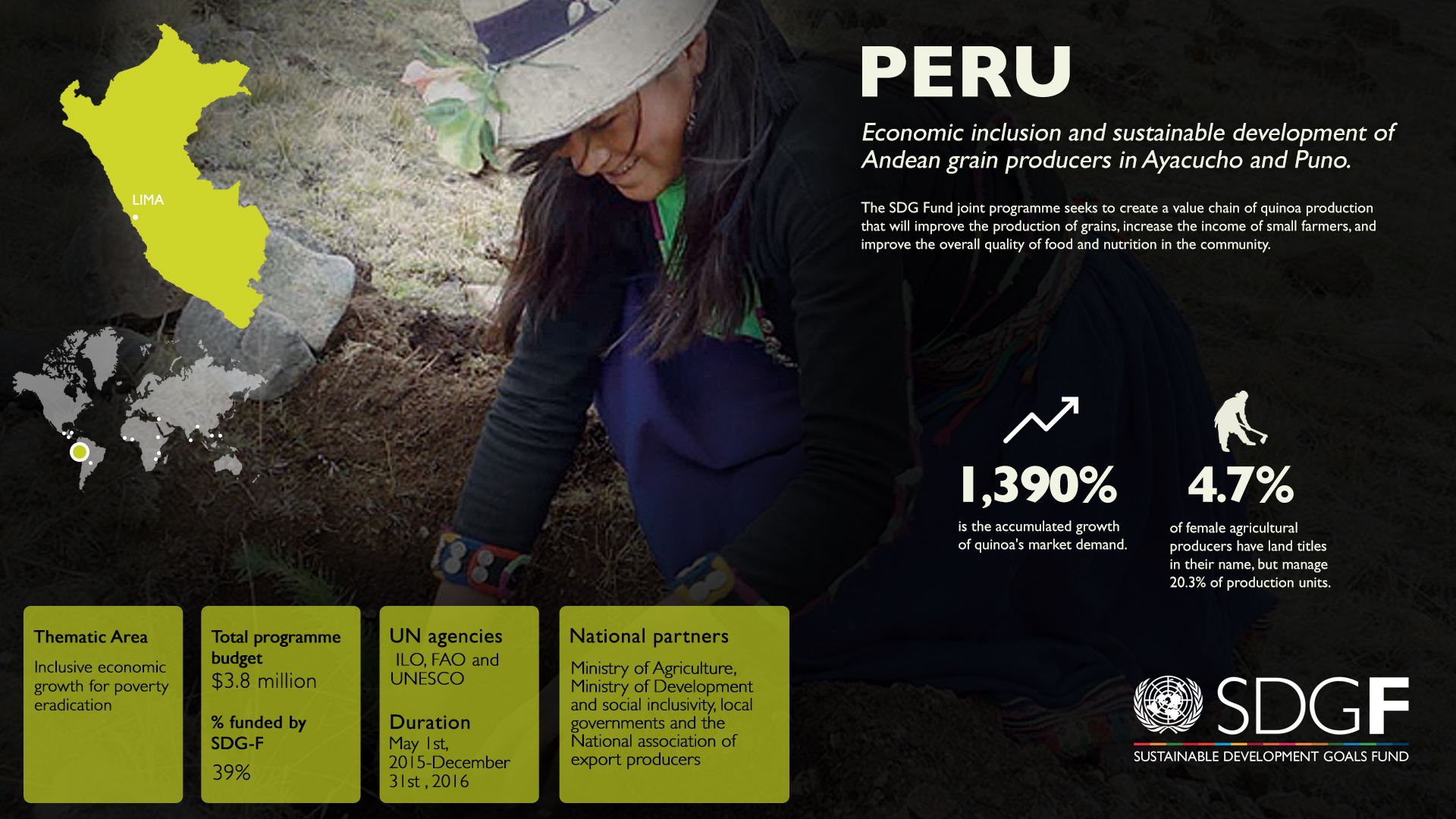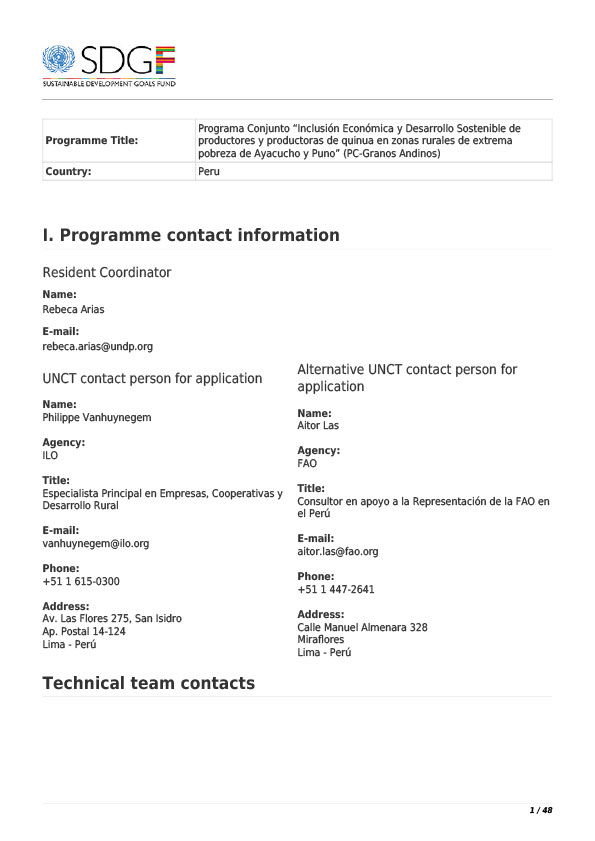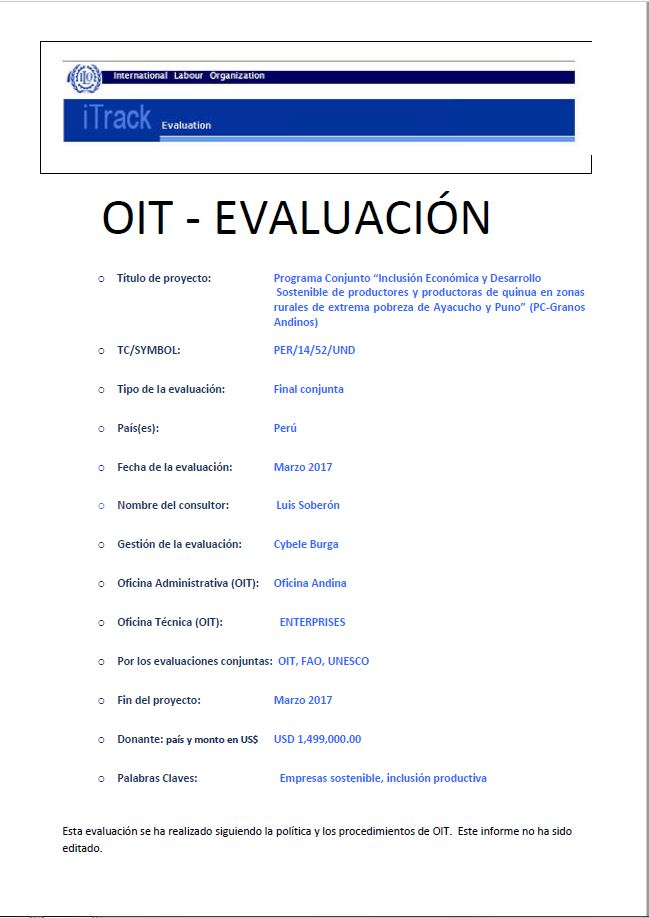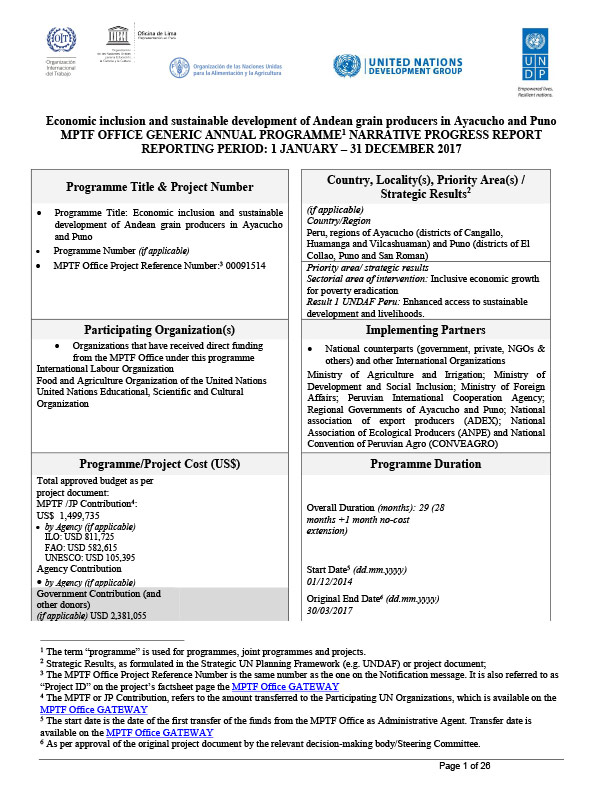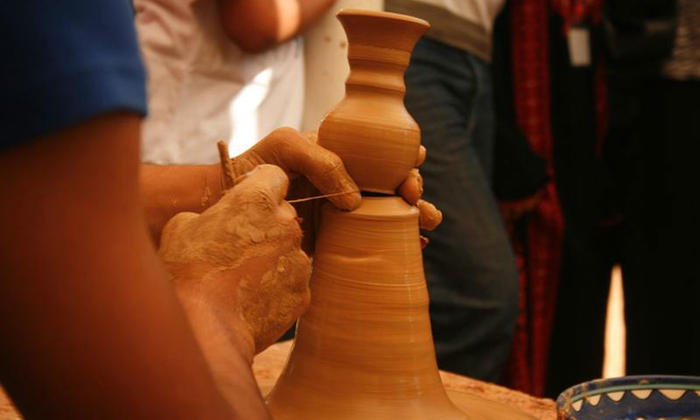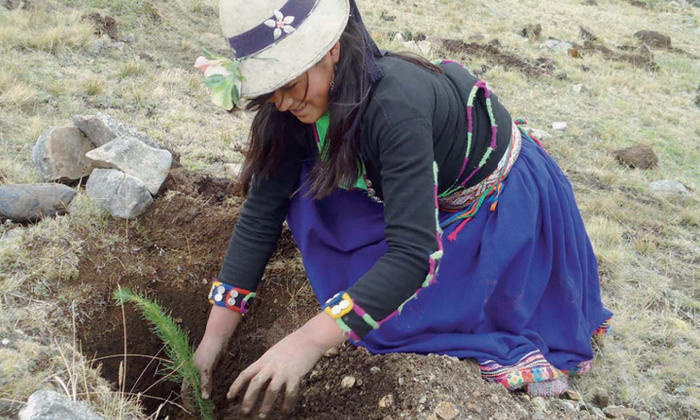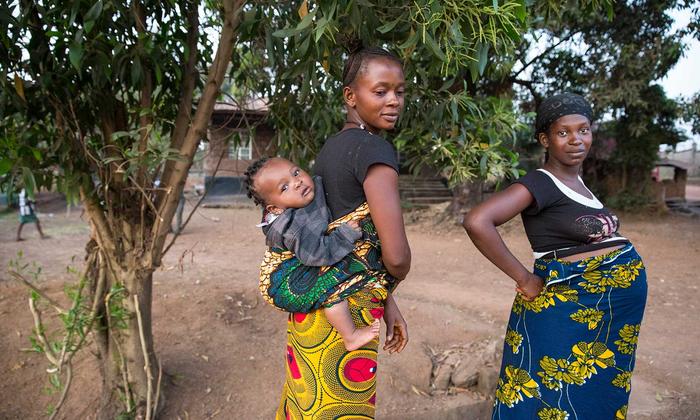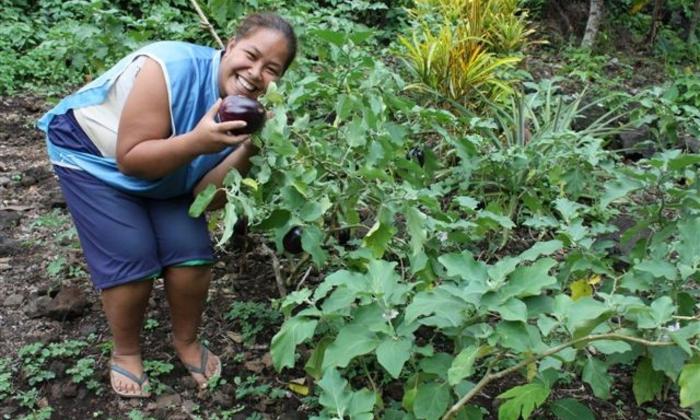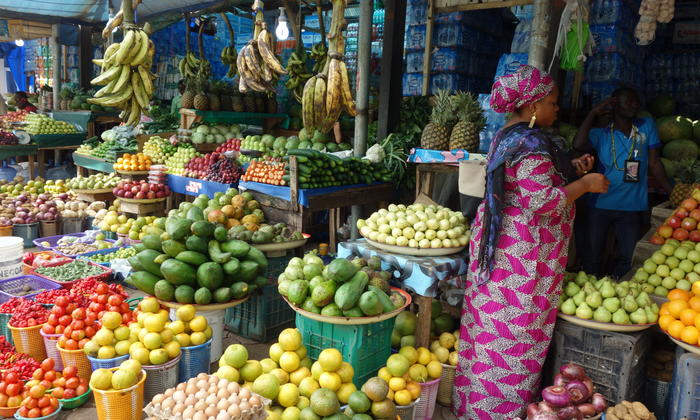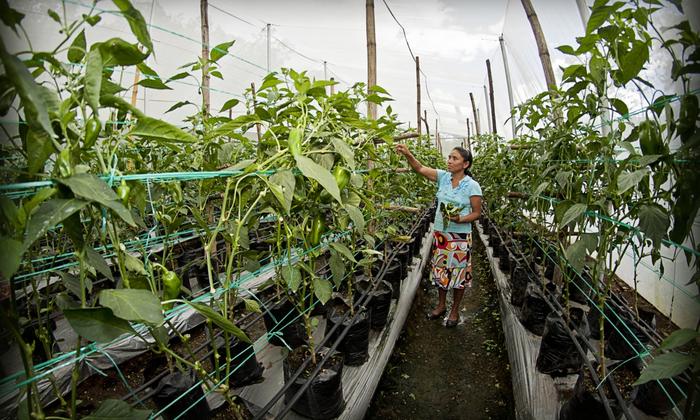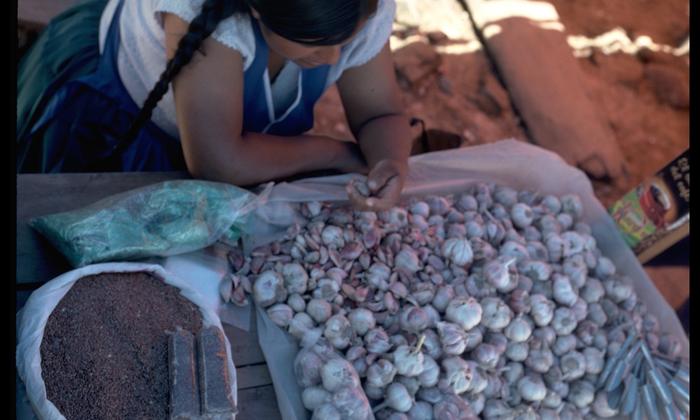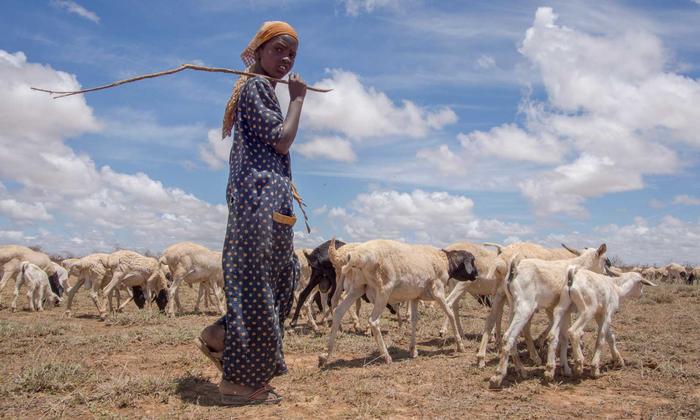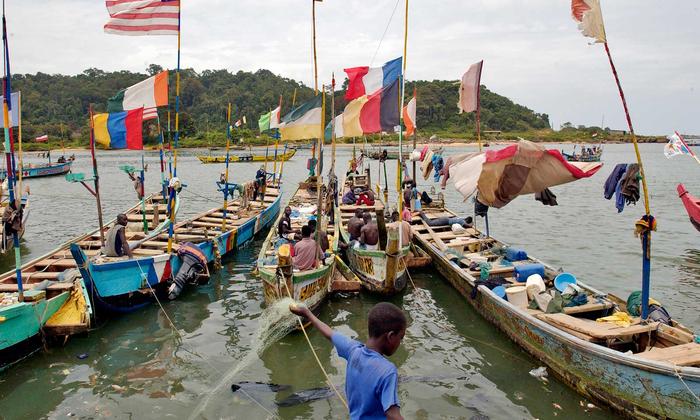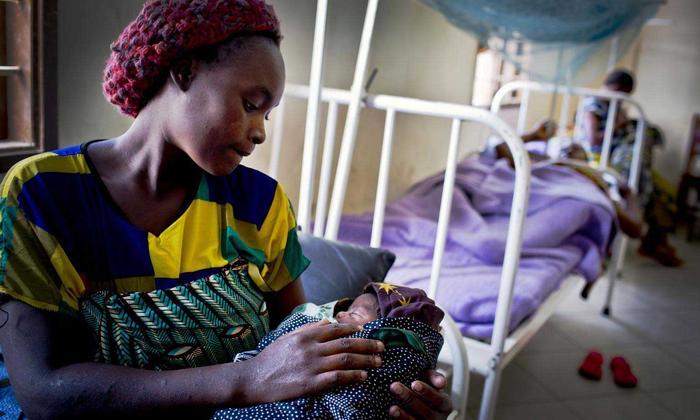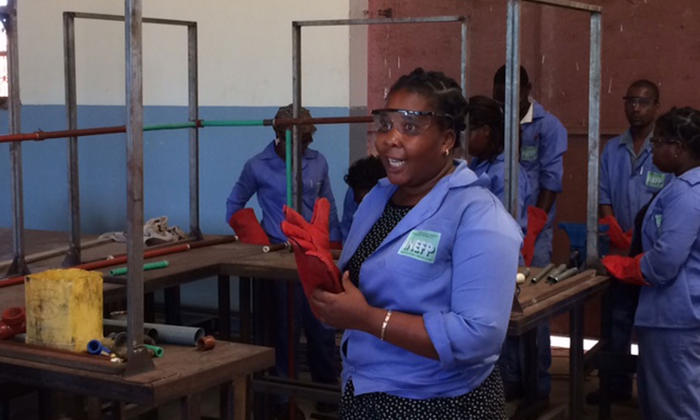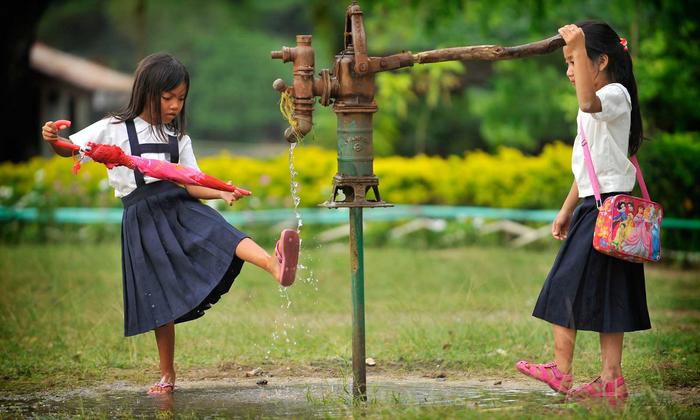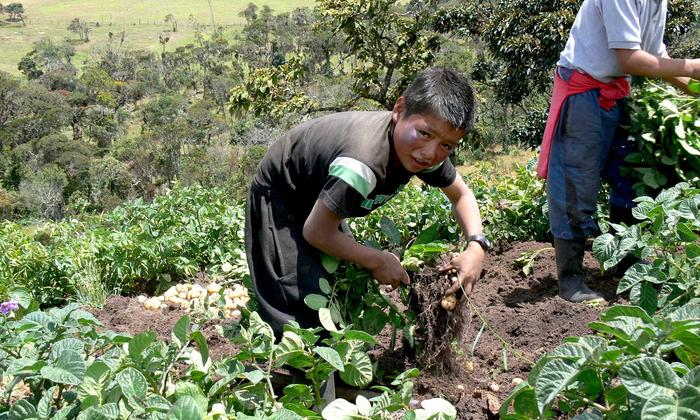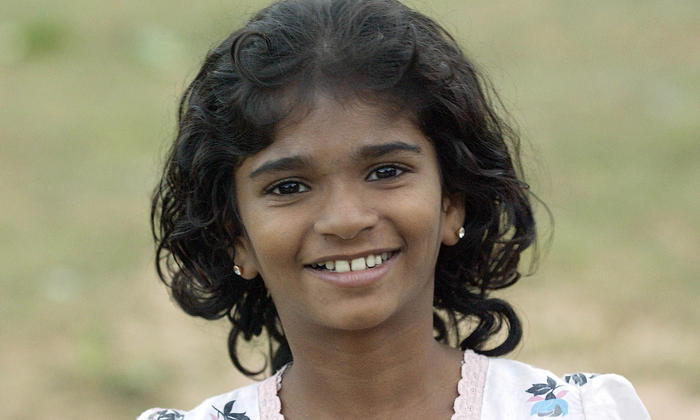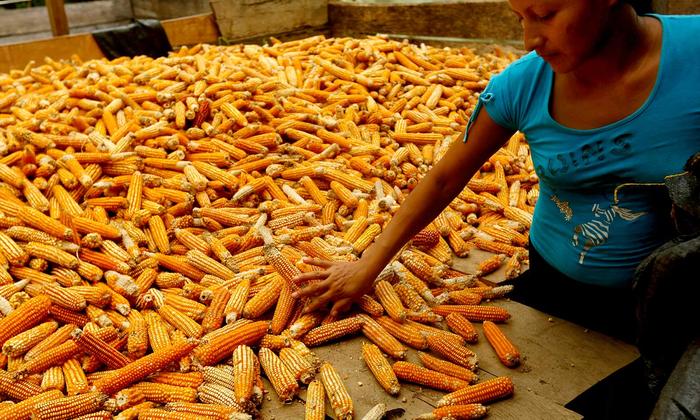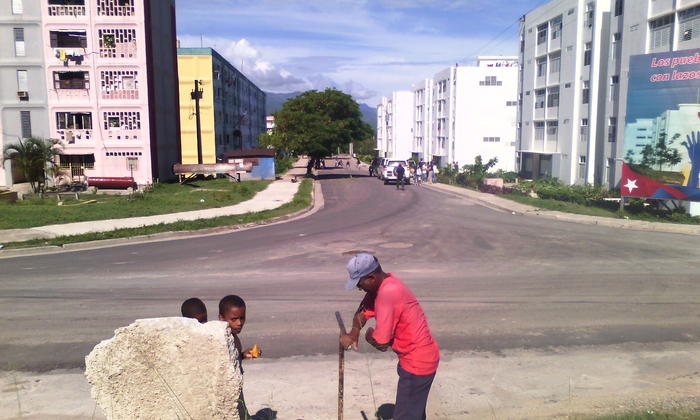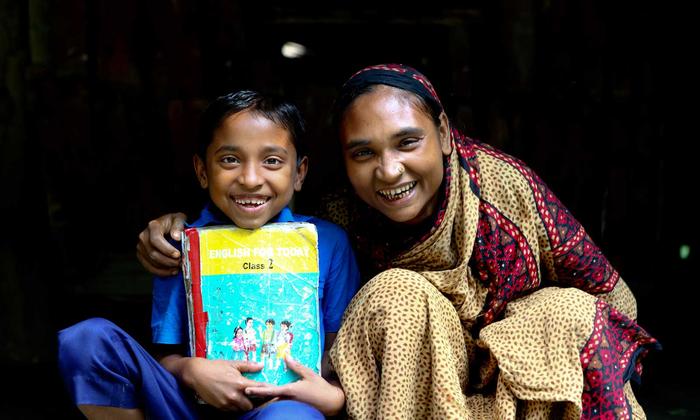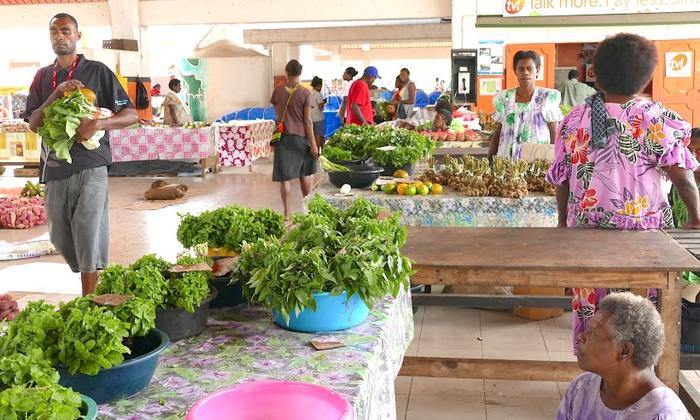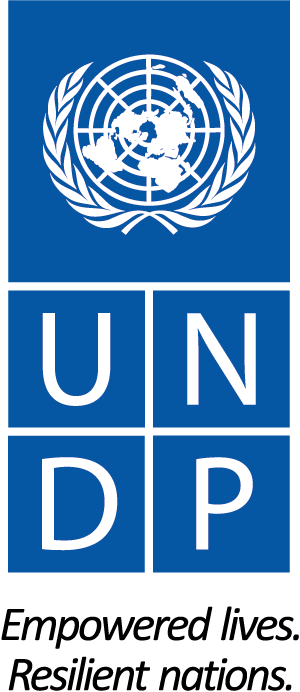Production of quinoa to reduce extreme poverty
In recent years, quinoa exports and other Andean grains found in Peru have increased exponentially. However, this has not translated into a better quality of life for producers. The situation is especially difficult for women living in the rural communities, who account for 69% of all agricultural producers. They face significant hardships compared to male agricultural producers.
The programme
The SDG Fund joint programme seeks to create a value chain of quinoa production that will improve the production of grains, increase the income of small farmers, and improve the overall quality of food and nutrition in the community.
Focus of the programme
“Andean Grains” offers an integrated model that aims to:
- Generate new opportunities for income and employment, with new models of inclusive business and the articulation of best practices in the quinoa value chain.
- Train and empower both male and female agricultural producers in production management, cooperation, and commercializing their products.
- Promote the national consumption of quinoa and other Andean grains, to support production and promote better quality nutrition.
- Reinforce public-private cooperation and knowledge management for the sustainable development of the quinoa value chain.
- Contribute to the adoption of productive practices regarding climate change.
The Andean Grains program is aligned with national policies on social welfare and economic development to reduce poverty and social vulnerability, such as the National Strategy for Growth and the National Plan for Productive Diversification.
Quick facts
Total programme budget: $3.8 million
% funded by SDG-F: 39%
UN agencies: ILO, FAO and UNESCO
National partners: Ministry of Agriculture, Ministry of Development and social inclusivity, local governments and the National association of export producers
Duration: December 1, 2014 to April 30, 2017

